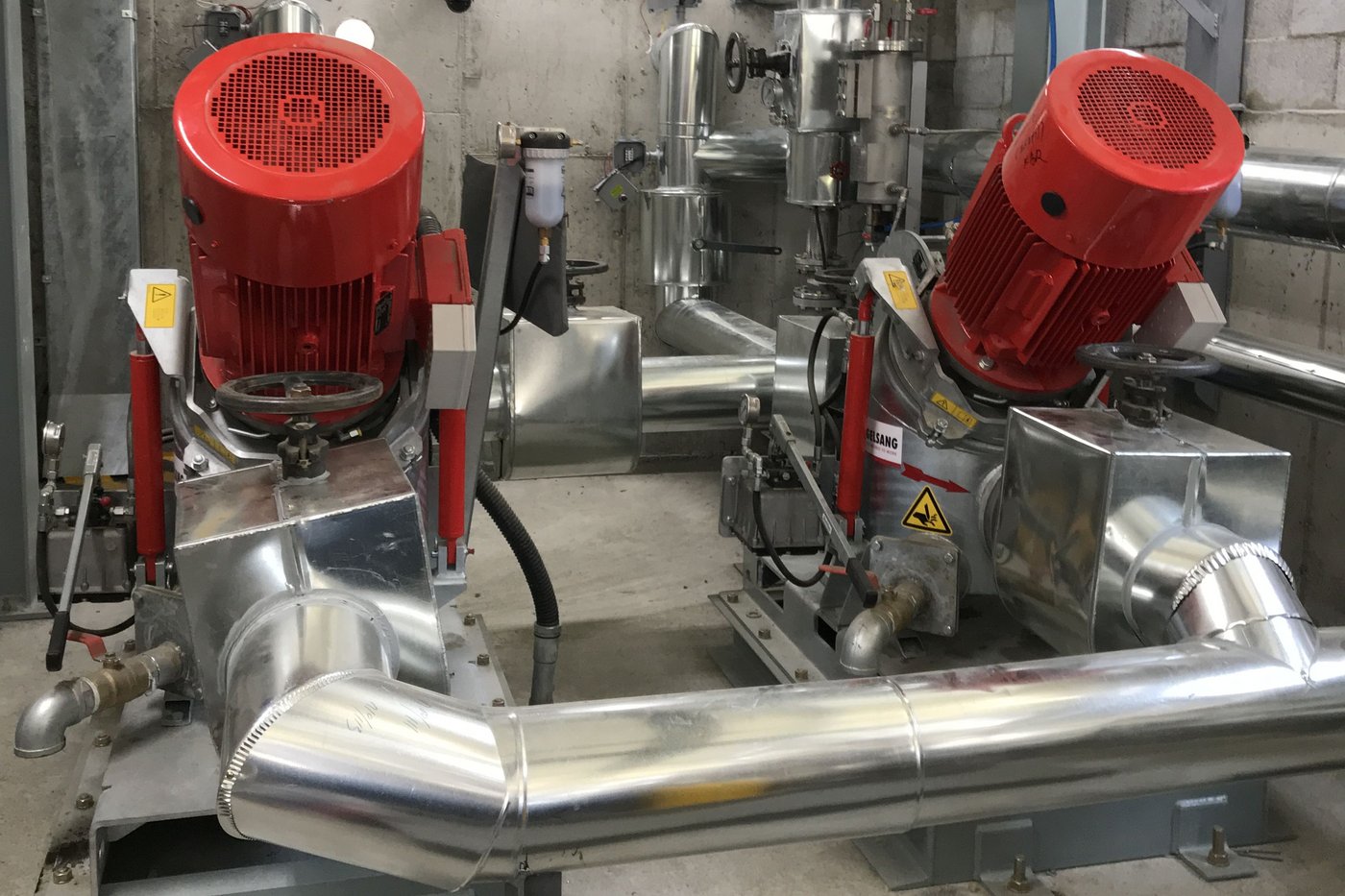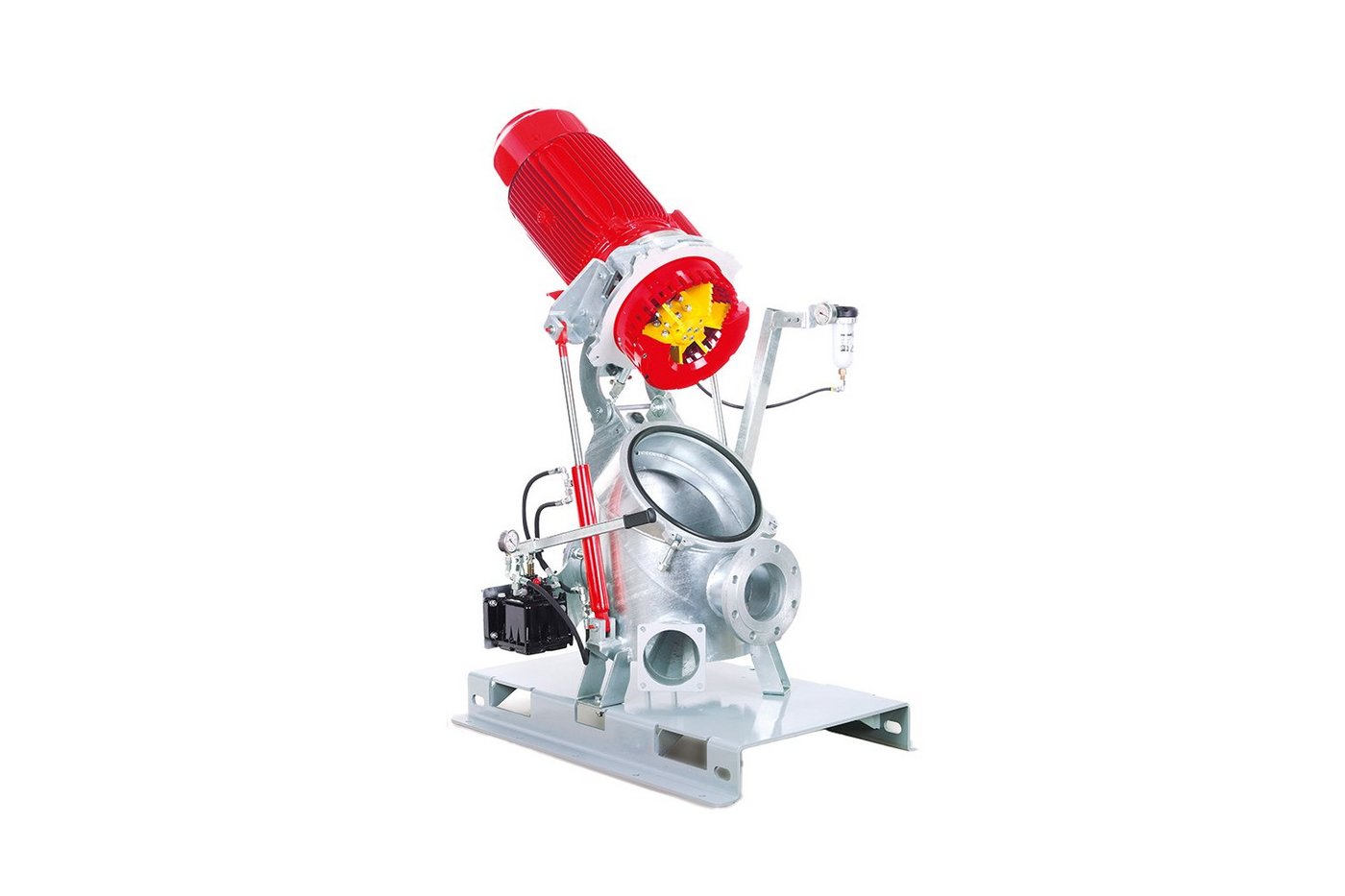DisRuptor: Waste oil as cost-effective fuel
Case study: Hyundai Hanil Cement
Problem
Due to its properties, waste oil cause nozzle blockages and unsatisfactory burning efficiency
Solution
Trouble free use of waste oil and cost savings thanks to the DisRuptor
The customer and the problem
Hanil Cement was founded in 1961 as the second cement company in Korea and has developed into one of the most important cement manufacturers with an annual production capacity of 8.1 million tonnes. With the main plant Danyang Plant, Hanil Cement has a total of 25 local plants and distribution centres throughout the country. At the end of 2017, Hanil Cement recorded a turnover of KRW 1,574 billion.
The problem
In cement production, most of the costs are incurred in keeping the kiln at a high temperature. This consumes tonnes of coal and generates high costs every day. Therefore, waste oil was started to be added as alternative fuel to reduce the amount of coal. As waste oil is not homogenous and uniform, it blocked nozzles and was not incinerated completely, resulting in lower burning efficiency. If the waste oil is more homogeneous and has a lower viscosity, more waste oil can be added as alternative fuel instead of coal and reduce the costs and need of coal.


The solution
The installed DisRuptor converts waste oil into a homogeneous liquid by means of noncontact mechanical disintegration. This enables complete combustion of the waste oil, reducing the use of coal. The DisRuptor has significantly improved combustion efficiency and considerably reduced costs.Compared to similar products, the DisRuptor scores with lower maintenance requirements and a longer service life of the parts. In the meantime, 20 DisRuptors have been installed in various cement branches in South Korea.
Benefits of the DisRuptor
- Cost-effective conditioning of waste oil
- Lower maintenance effort and longer service life
Benefits for the user
- Homogenisation and reduced viscosity of the waste oil
- Improved, high efficient combustion of the waste oil
- Replacing expensive coal with low-cost waste oil